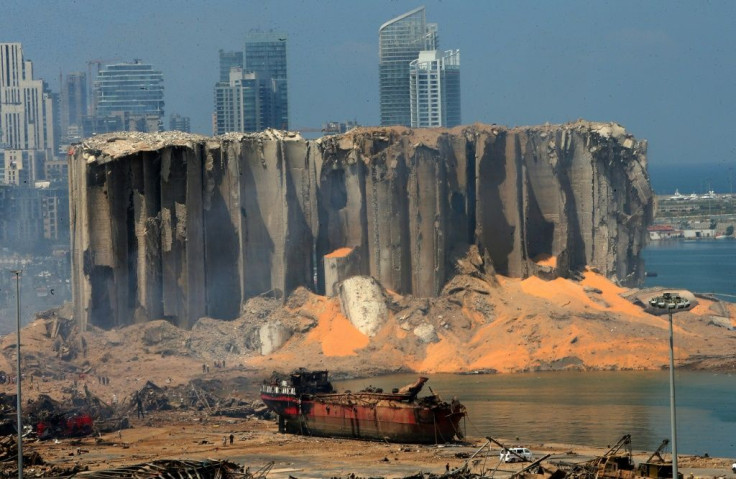Beirut Blast Among History's Largest Non-Nuclear Explosions, Analysis Reveals
KEY POINTS
- A team of researchers estimated how powerful the August Beirut explosion was
- They did so using the videos of the blast shared on social media
- They estimate the blast to be equivalent to 500 to 1,100 tons of explosives
- Beirut explosion lands a spot in the list of largest non-nuclear explosions in history
The explosion that rocked Beirut in August was one of the largest non-nuclear blasts in history and a team of researchers estimated just how powerful the historic blast was.
It was in Aug. 4 when a fire at a warehouse in the Port of Beirut detonated large quantities of stored ammonium nitrate. This led to a massive explosion that killed around 200 people, injured over 6,500 and rendered hundreds of thousands of people homeless in an instant.
The explosion rocked not just Lebanon but the entire world, with multiple videos of the blast shared on social media. It is also through these videos that a team of researchers determined just how powerful the blast was.
In their study published in Shock Waves, the research team from the University of Sheffield's Blast and Impact Engineering Research Group analyzed 16 videos of the explosion posted on social media. In many of the videos, the moment of the blast and how quickly the blast wave reached certain locations were captured, allowing the researchers to estimate the strength of the blast.

Based on how the shock wave spread in the city, the researchers determined that the Beirut port blast was equivalent to 500 tons to 1,100 tons of explosives. As the University of Sheffield news release explains, that's about one-twentieth of the atomic bomb that shattered Hiroshima in Aug. 6, 1945.
The researchers' work concurs with the earlier expert estimates that the Beirut blast was among the largest non-nuclear explosions in history.
In August, experts had estimated the blast to be equivalent to about 300 to 400 tons of explosives. This puts it next to but farther behind the 1921 explosion of ammonium sulphate and nitrate fertilizer in Oppau, Germany, which was equivalent to 1,000 tons of explosives, based on the Reuters graphic of the largest explosions and weapons. With the new estimates, the Port of Beirut explosion is much closer to the Oppau explosion.
Statista, in August, also placed the Beirut explosion behind the 1917 Halifax Explosion, which the Reuter graphic notes to have killed over 1,900 people and injured 9,000 others.
Regardless of whether it is farther or closer to these other massive explosions, this gives the Port of Beirut explosion a secure spot in the list.
The explosion also released 1 GWh within milliseconds, an amount that the University of Sheffield news release equated to the amount of hourly energy generated by three million solar panels.
According to the researchers, the estimates can be used, not just to assess the Port of Beirut blast, but also in preparation for any future disaster response planning.
"After seeing the events unfold, we wanted to use our expertise in blast engineering to help understand what had happened in Beirut and provide data that could be used to help prepare for, and save lives in such events should they ever happen again," study first author Dr. Sam Rigby of the University of Sheffield said in the university news release. "By understanding more about the power of large scale accidental explosions like the one that occurred in Beirut, we can develop more accurate predictions of how different buildings will be affected, and the types of injuries there are likely to be at different distances from the blast."

© Copyright IBTimes 2025. All rights reserved.






















